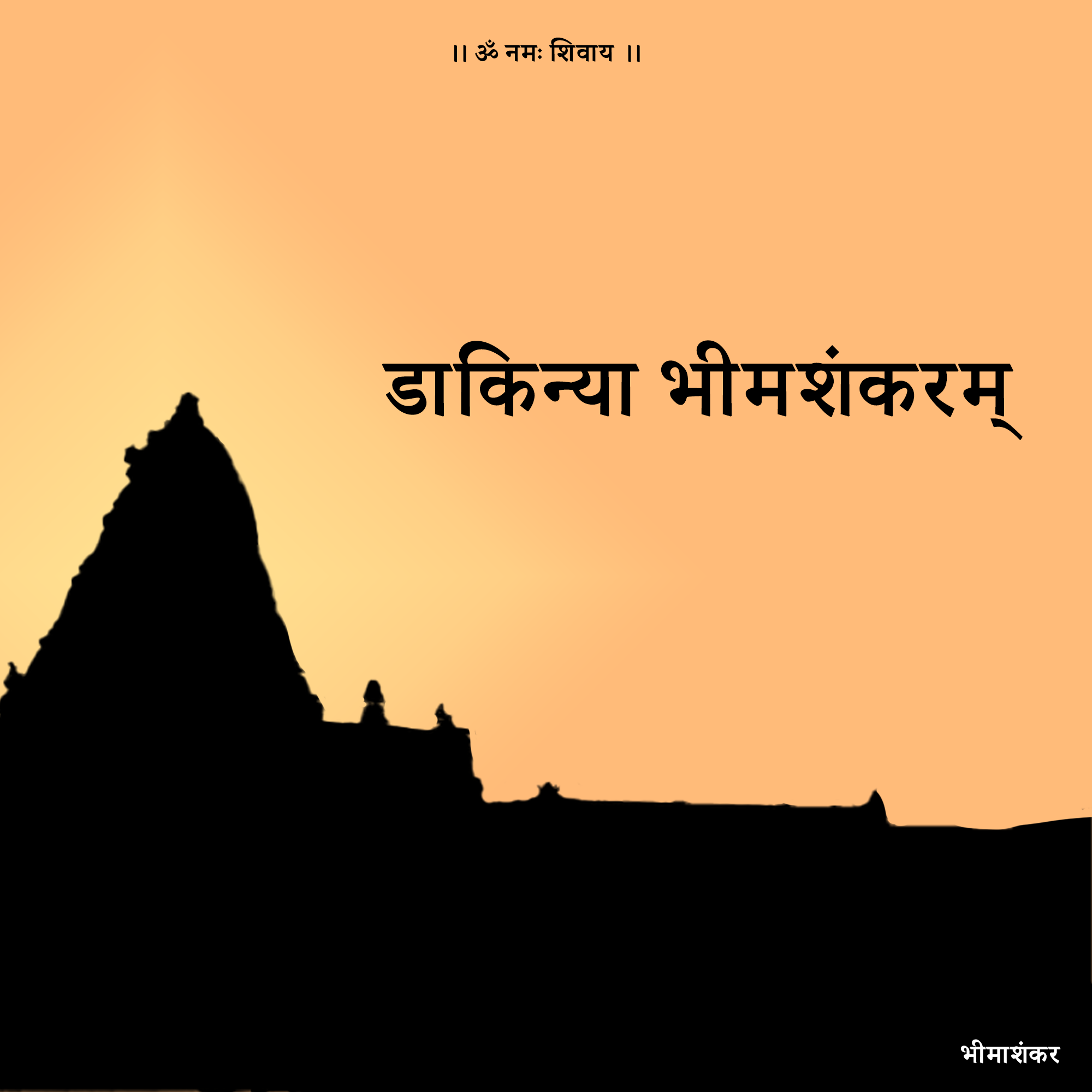Lord Shiva is the subject of the important Hindu temple known as Bhimashankar Temple. It is one of the twelve Jyotirlingas, which are revered as Lord Shiva’s holiest residences. The temple is situated in the Indian state of Maharashtra’s Sahyadri area of the Western Ghats. The following are some important data and facts regarding the Bhimashankar Temple
Bhimashankar Temple Location
The Bhimashankar Temple is found in the Maharashtrian village of Bhorgiri, which is part of the Pune district. It is encircled by rich vegetation and is nestled among the picturesque Sahyadri hills.
Lord Bhimashankar, a manifestation of Lord Shiva, is the principal deity of the Bhimashankar Temple. The temple contains a jyotirlinga, a self-manifested lingam (icon) that represents Lord Shiva’s cosmic and limitless nature.
Table of Contents
Architecture ,History and Importance
Several mythological tales are connected to the history and significance of the temple. One well-known myth connects the temple to the Mahabharata, a Hindu epic in which Lord Shiva is said to have taken the appearance of a huge Bhima and defeated the demon Tripurasura.
One of the Pandava brothers from the epic Mahabharata, Bhima, is linked to the shrine. It is thought that Lord Shiva manifested as a Jyotirlinga here when Bhima begged for pardon for killing the demon Bhishmasura.Bhimashankar is tucked away in the breathtaking Sahyadri range, offering devotees a calm and spiritual environment.
The temple’s design combines traditional and modern elements. The temple complex exhibits the impact of regional architectural aesthetics through its detailed carvings, sculptures, and distinctive shikara (spire).
The Bhimashankar Temple’s architecture is of the Nagara style, which is distinguished by its elaborate carvings and tall shikhara (spire). The main sanctum and several minor shrines are part of the temple complex.
The sanctity of the temple is increased by the belief that the iconic depiction of Lord Shiva at Bhimashankar is swayambhu, or self-manifested.
In addition to being a significant holy site, Bhimashankar is a hotspot for wildlife. The rare Malabar Giant Squirrel and other plant and animal species can be found in the Bhimashankar Wildlife Sanctuary.
Pilgrimage and Festivals
The Bhimashankar Temple is a significant Shiva pilgrimage site, drawing travelers from Maharashtra and other regions of India. One of the biggest holidays observed at the temple is Maha Shivaratri, which is marked by elaborate rites and celebrations.
Maha Shivaratri: At Bhimashankar, people celebrate this event with great fervor. Gatherings of devotees take place for unique prayers, rites, and celebrations.
Destination for Pilgrimage: Because of its picturesque setting, Bhimashankar is a popular pilgrimage site that draws not just believers but also hikers and outdoor enthusiasts.
The pilgrimage route frequently winds through bucolic settings, creating a calm atmosphere ideal for introspection and contemplation.Seeking divine blessings and spiritual peace through the darshan (viewing) of the Bhimashankar Jyotirlinga is the ultimate pilgrimage experience.
Mahashivaratri is a big celebration that attracts devotees from all over the world. Prayers and rituals performed through the night foster a sense of reverence for God.There is an increase in pilgrimage throughout the month of Shravan, with particular prayers and celebrations heightening the spiritual intensity.
The temple grounds come to life with colorful lights and decorations during festivals, signifying the exuberant festivities.A cultural element is added to the celebratory calendar with the joyous processions around the Dola Yatra, a regional festival.
There is a trekking trail that leads to the temple and travels through lovely scenery. Both nature lovers and adventure seekers like the walk.
Nana Phadnavis, a renowned statesman in the Maratha Empire, once owned Nana Fadnis Wada, a historical home that is located close to the shrine.
Visitation
Both devotees and tourists are welcome to visit the temple to observe the god and take part in its rites. Before making travel arrangements, it is advised to confirm the temple’s operating hours and regulations.
Jyotirlinga Darshan: In order to receive blessings for their spiritual well-being and the accomplishment of their wishes, devotees travel to Bhimashankar to take darshan (view) of the Jyotirlinga.
Faith of Devotees: The temple is an embodiment of the faith and devotion of those who visit it to make prayers, carry out rites, and feel the heavenly presence of Lord Shiva.
Wildlife Sanctuary Known for its abundant biodiversity, the Bhimashankar Wildlife Sanctuary encircles the temple area. Numerous species, like the Indian giant squirrel, call it home.
The temple is close to Hanuman Lake, providing visitors and devotees with a serene environment for introspection.
With its historical, mythical, and ecological significance, Bhimashankar Jyotirlinga Temple is a hallowed location where spirituality and the natural world coexist together. The heavenly aura of Bhimashankar provides comfort and inspiration to both pilgrims and visitors.
A number of pilgrimage circuits and yatras that visit significant Shiva shrines in Maharashtra including the Bhimashankar Jyotirlingas Temple.
Also read about Rameshwaram Jyotirlinga Temple.
